The 32-bit era didn’t begin too well for EA Sports. Sony had beaten Electronic Arts to the punch on the PlayStation with games like NFL Gameday, NHL Face Off, and MLB Pennant Race in 1995 and 1996. NFL Gameday, in particular, was quite good… and with Madden 96 ultimately getting cancelled, it left some sports game fans wondering what was going on.
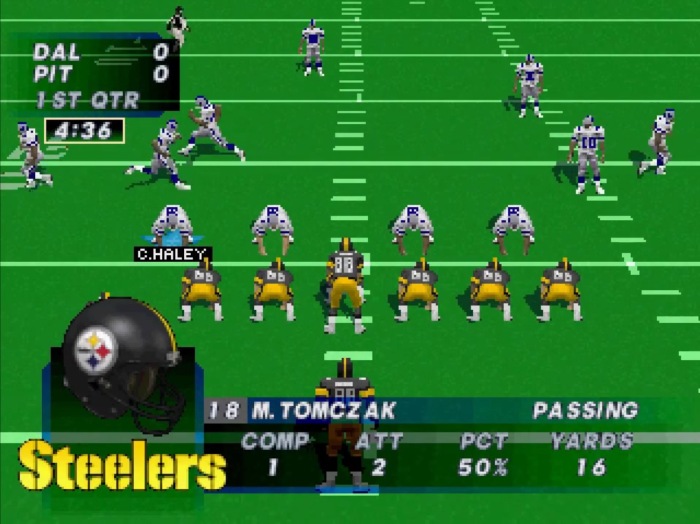
In August of 1996, the wait finally ended as EA Sports sent Madden NFL 97 to store shelves. The debut of Madden in the 32-bit era brought a game that was clearly still in the transition process between its 16-bit predecessors and a more modern offering. The important thing was that the game played like a Madden game should play. There was enough familiarity that veteran players wouldn’t feel lost, while some new additions reminded players that Madden NFL 97 was, in fact, on a 32-bit console.
Some of these additions came in the presentation department.
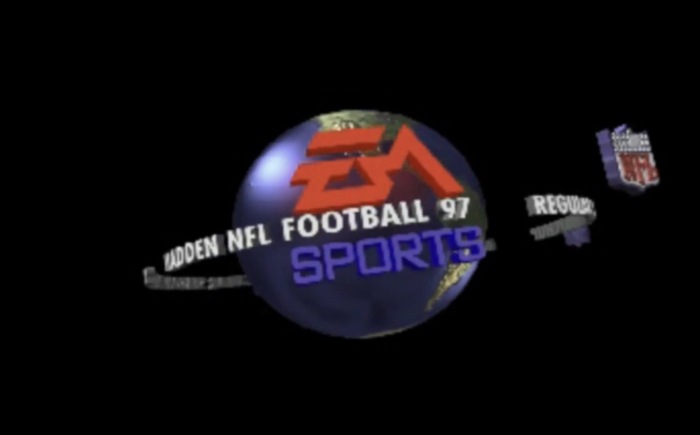
The implementation of full-motion video was a major step forward for Madden NFL 97. On 16-bit consoles, still or lightly-animated shots of John Madden (or Ron Barr, going back to John Madden Football ’93) would help to set up each game. There was matchup information that players could read, but it was a lot of reading that most players just skipped past to get to the game. Pre-game shows got better, especially in Madden NFL ’94 and Madden NFL ’95, thanks to the implementation of the FOX Sports theme and more specific pre-game information about the two teams.
In Madden NFL 97, pre-game festivities were powered by full-motion video, featuring members of the NFL on FOX crew. Before each week of a season would begin, James Brown came on-screen and delivered a rather believable rundown of the coming week’s storylines and major players. Brown delivered the lines convincingly and it felt like an honest-to-goodness telecast. (Keep in mind that this was the second year of the 32/64-bit generation!) It was really cool to watch, and showed that the multimedia potential of compact disc technology could be harnessed for some great things.
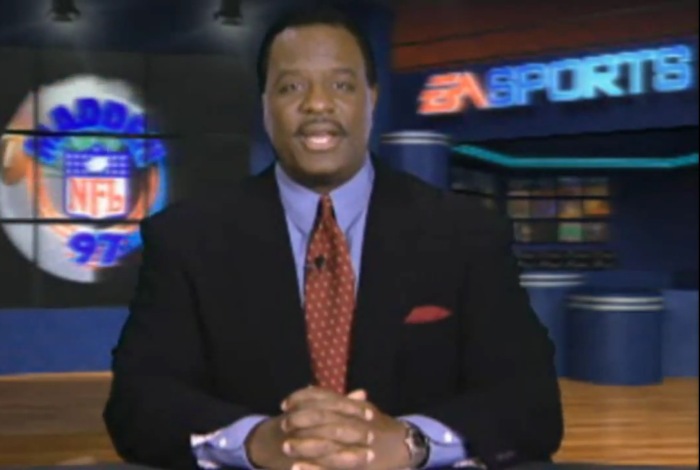
Once Brown wrapped up his weekly rundown, much like he did with FOX on the air, he sent the telecast to John Madden and Pat Summerall. After a short loading period, Madden and Summerall were seen sitting in their booth before the game and the two would discuss a topic that would relate to the game being played. One topic covered how hot temperatures would affect players on the field. Another topic discussed was the importance of special teams and how much it matters in relation to offense and defense. Summerall always led off by setting up the topic, and then Madden did his thing. After years of hearing minor Maddenisms in games, it was great to finally see and hear Madden adding something substantial in terms of presentation to his own games. At the time, Madden and Summerall were FOX’s top commentary team, so having them in Madden NFL 97 was big for realism.
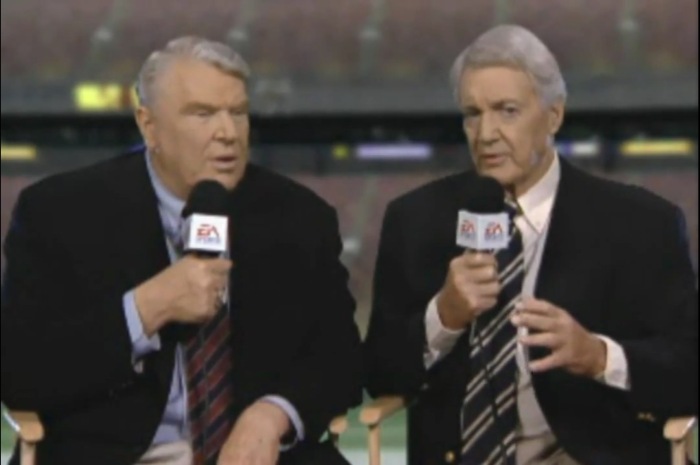
While full-motion video was the biggest improvement to the presentation in Madden NFL 97, another area of improvement was the increase in relevant stat lines before and after plays on the field. NFL telecasts are known for showing some kind of statistic either before or after most plays. Passing stats, rushing stats, defensive stats, and more always gave viewers a numeric look into how the teams and players were doing. While 16-bit Madden games did this to some extent, Madden NFL 97 did more of it. For example:
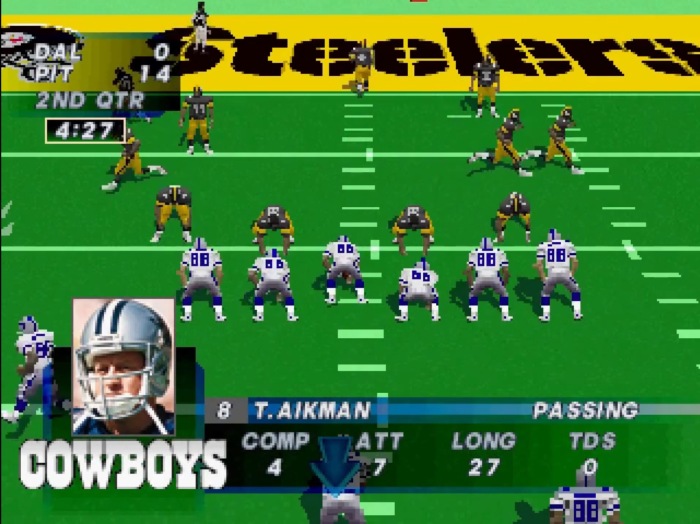
This line shows Troy Aikman’s longest completion of the game, in addition to his numbers for pass completions, attempts, and touchdown passes. Four out of seven passes completed isn’t awful, but the 27-yard completion shows that he’s had some success through the air… even if his completion percentage isn’t off the charts. It’s nice to see different stats come up at different times in the game, rather than the “same old, same old”. Football tracks so many different stats, and they’re generally relevant to a player’s (or a team’s) performance. This isn’t a major step forward, but it is an important step forward in presentation. Later football games from Sony, Konami, and Visual Concepts/2K Sports would implement similarly diverse stat lines to their game presentations.
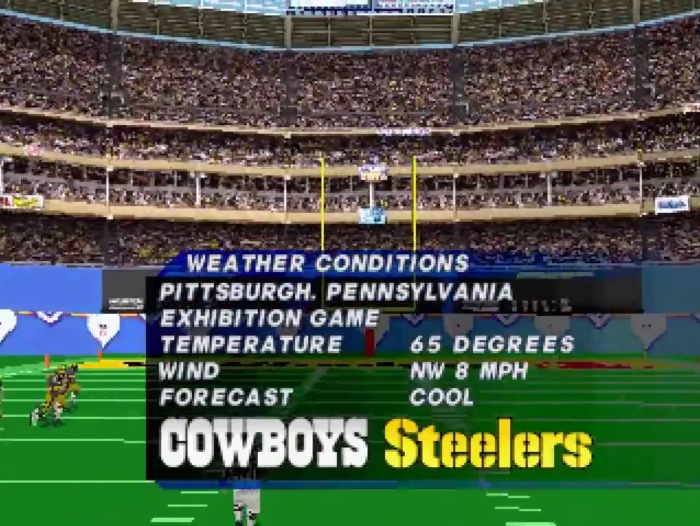
Although full-motion video pre-game and post-game shows fell out of favor in later generations, they were replaced by shows powered by the game’s graphics engine. ESPN NFL Football and ESPN NFL 2K5 are two examples of this. ESPN’s SportsCenter set is recreated well, and a virtual Chris Berman mans the chair as he introduces and cuts away from each SportsCenter segment. These two games, in my view, are the pinnacles of presentation in football video games– and I’ll be looking more in-depth at them down the line– but it was Madden NFL 97 and its presentation that really set the stage for many games to come.
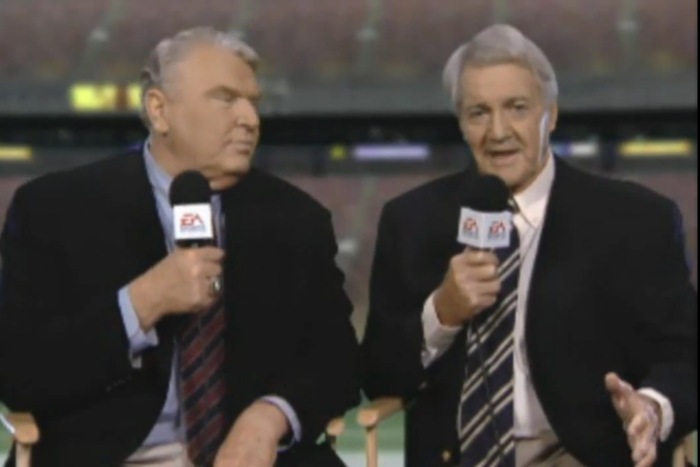
Madden NFL 97 might not be a game that many people will remember all that well, especially since NFL Gameday was still giving Madden all it could handle, but its advances in presentation were important steps going forward. As we’ll see in later years, EA Sports games made some great strides in presentation on the PlayStation platform as developers took greater advantage of the compact disc medium to deliver some big advances… but those are future columns.
For now, I hope you enjoyed this In The Booth column. We’ll do it again soon.
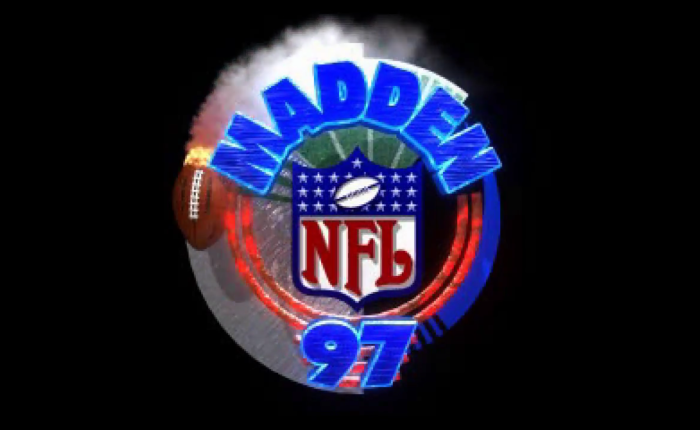
You must be logged in to post a comment.